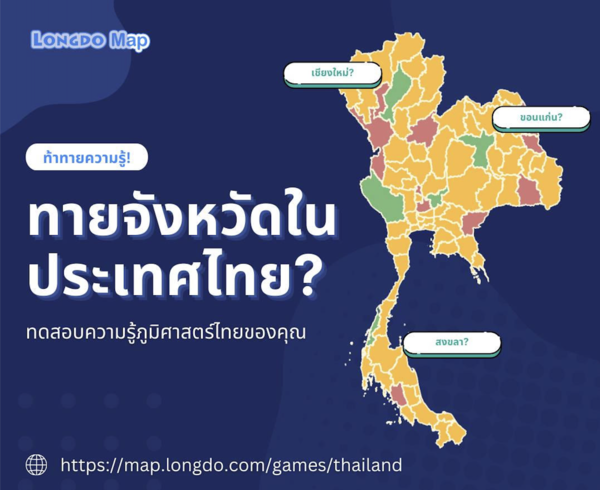n. pl. A division of the Bantus, dwelling between the Orange and Zambezi rivers, supposed to be the most ancient Bantu population of South Africa. They are divided into totemic clans; they are intelligent and progressive. [ Webster 1913 Suppl. ]
n. An old breed of tiny short-coated dogs with protruding eyes, originating in
n. A common thorny tropical American tree (Pithecellobium dulce) having terminal racemes of yellow flowers followed by sickle-shaped or circinate edible pods and yielding good timber and a yellow dye and mucilaginous gum.
‖n. (Zool.) See Guanaco. [ 1913 Webster ]
prop. n. a mountain in Peru, 22, 205 feet high. [ proper name ] [ WordNet 1.5 ]
n. a rootlike attachment in parasitic plants that penetrates and obtains food from the host. [ WordNet 1.5 ]
a. Of or pertaining to Lithuania (formerly a principality united with Poland, then part of the Soviet Union, but since 1992 an independent nation). [ 1913 Webster ]
n. A native, or one of the people, of Lithuania; also, the language of the Lithuanian people. [ 1913 Webster ]
a. Designating, or pertaining to, a linguistic stock of South American Indians, including the majority of the civilized tribes of the ancient Peruvian Empire with some wild tribes never subjugated by the Incas. Most of these Indians are short, but heavy and strong. They are brachycephalic and of remarkably low cranial capacity. Nevertheless, they represent one of the highest of native American civilizations, characterized by agricultural, military, and administrative skill rather than by science or literature, although they were adept potters, weavers, and goldsmiths, and preserved by the aid of the mnemonic quipu a body of legendary lore in part written down since the introduction of writing. [ Webster 1913 Suppl. ]
